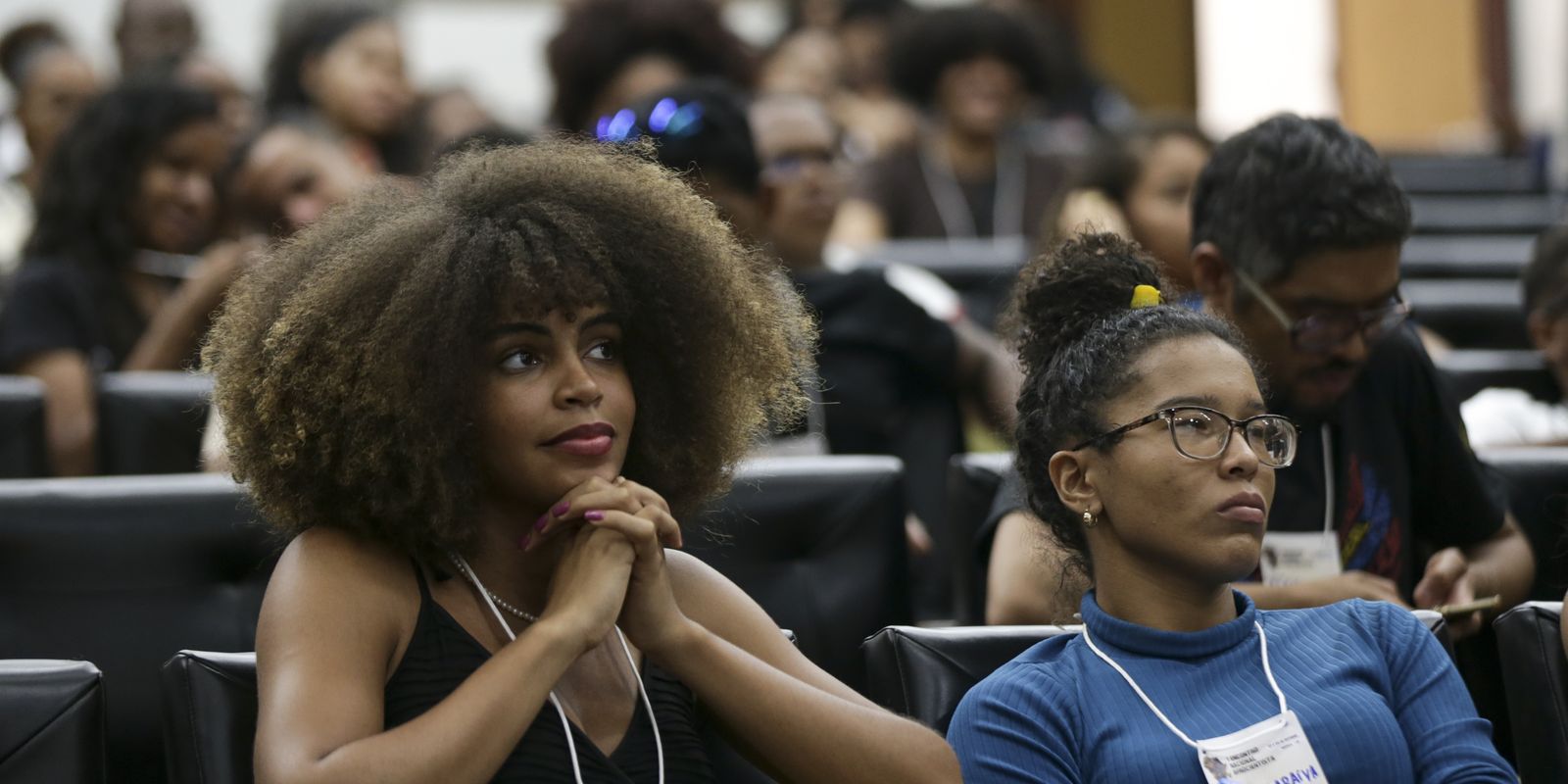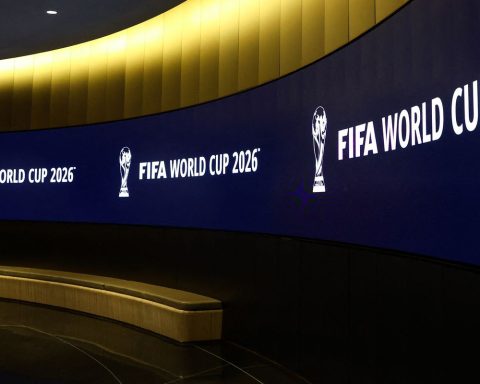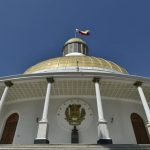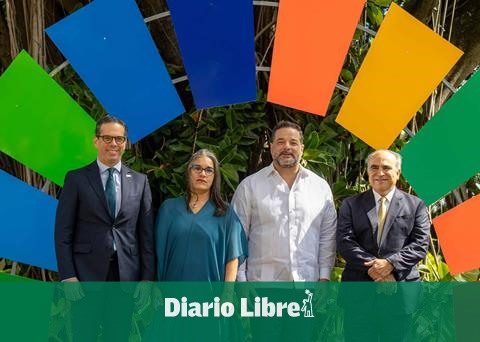The total number of students in higher education courses in Brazil, including both face-to-face and distance learning, grew 5.6% in 2023 compared to 2022. According to the Ministry of Education, based on the Higher Education Census, There are 9.9 million students enrolled, the highest recorded in nine years.
The census also shows that there are currently 4.9 million enrollments in distance learning courses, which represents 49% of the total. For INEP (National Institute of Educational Studies and Research Anísio Teixeira), projections indicate that this year students in so-called distance education courses (EADs) should outnumber those enrolled in face-to-face courses.
Today the difference between the two modalities is just 150,220 enrollments.
Distance education
The number of distance education courses in the country grew 232% in the period between 2018 and 2023. The modality’s boost came with the Covid-19 pandemic in 2020.
Private institutions account for the vast majority of those enrolled in distance learning courses: 79.3% in total. The growth of the modality from 2022 to 2023 in the private network was 7.3%. Public institutions, in turn, saw a decrease of 0.4% in the number of places occupied in the distance learning modality, which represents 20.7%, in the same period.
“The total number of students enrolled in higher education has grown, which is good news for the country. This trend confirms the research data we published. We noticed that the number of students enrolled in distance learning courses practically equaled the number of students in face-to-face courses, which has been gradually decreasing as a modality”, said Celso Niskier, president director of ABMES (Brazilian Association of Higher Education Supporters).
“Our challenge is to invest in the quality of distance education, which is what allows the democratization of access to higher education throughout Brazil”, added the association leader.
Quotas
Furthermore, the 2023 MEC Census revealed that 51% of quota students completed their courses, a higher percentage than that of non-quota students, which stood at 41%. The research showed that the University for All Program (Prouni) and the Student Financing Fund (Fies) contributed to the rates of students who managed to complete their courses.
Another piece of data, measured for the first time in the Census, showed that among those who completed high school in 2022, 27% reached higher education in the following year. Of these, the highest percentage of students who reached third grade are among high school students in federal schools, with 58%. Among those in the private network, 59% of the total went on to higher education.


















